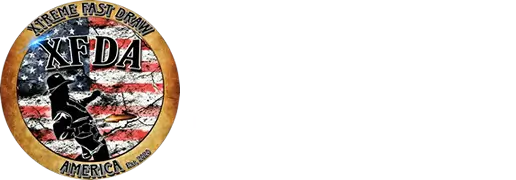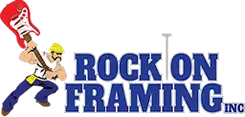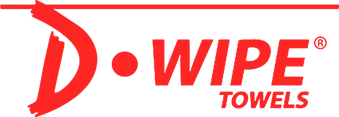MV – I just have a few questions for you if that’s okay.
RH – I’d be happy to.
MV- So, what inspired you to become a gunsmith and how did you get started in the trade?
RH – Well what inspired me was, I was in several shooting sports and shooting factory guns and of course factory guns are stock. So, I won a certificate for an old time gunsmith and he did the work and the gun wouldn’t shoot. So I thought, well, there has to be a better way. So I decided to do my own work and fortunately for me, it worked out and people said, hey, uh, I like your work. You should pursue this. So what I did was I went to gunsmithing school, summer class at Murray State College in Tishomingo, Oklahoma, as strictly single action, the guns that we shooted in XFDA fast draw, and completed that course and started doing gun work for the shooters.
MV – Great, and how long ago was that? How long have you been doing it for now?
RH – Well, I started uh at the time, there wasn’t an XFDA organization, but it was a different organization, so that was approximately 25 years ago.
MV – Wow. And what skills and training are essential to becoming a successful gunsmith?
RH – Well, if you want to be successful and have repeat customers, you need some formal training. Kitchen table gunsmithing, uh you can grind all things and tweak things, but the gun is never as smooth or operating as correctly as formal gunsmithing training. So I would advise anyone thinking about becoming a gunsmith to get formal training at one of the either in person gunsmithing schools or at least the online course.
MV – Great. And what advice would you give to someone who’s looking to maintain their firearm properly?
RH – Well, to maintain it properly, cleaning is the big thing and the way that you treat the gun, the storage is important, but as long as they shoot proper ammunition, keep it clean, it doesn’t really need any extra maintenance, except maybe a couple times a year, a complete breakdown and reassembly.
MV – Okay, and you just said that storage of the gun is very important. How should a gun be stored?
RH – Okay, a gun should be stored if you’re not using it in an official gun case or a gun rug if you will. But what you don’t want to do is put it away damp. The condition, the humidity, uh as you know, rust is an enemy of any firearm. So where you store it, how you store it, how long you store it, and the conditions it’s stored in directly affect the longevity of the fire.
MV – I understand that you do certain customizations. What are the most requested customizations and why?
RH – The most requested customization is what we call action work to polish all the internal parts, change the springs to lighter springs, and reset timing. Timing is how the parts work together with each other for smoother and more reliable and most of the time more accurate operation.
MV – Great. And do you have a favorite type of firearm to customize?
RH – Yes, I do. My very favorite type is a cult peacemaker 1873. The downside of having a favorite colt peacemaker is that they’re very expensive, and most of the people don’t shoot colts because of the cost they shoot different firearms and most of the people that are buying colts now are buying them for collector value and they don’t want you turning into the screws. So that’s my favorite one to do, but the least one that I get.
MV – And why is it your favorite? What is it about the gun that you like?
RH – Because of the older design, the 1873, the Colt Peacemaker on a single action, that is the epitome of the simplicity and the smoothness of the gun. You can tune up a real colt peacemaker and it’s just like butter.
MV – So I hear that you’ve worked across different types of sports. What sort of sports have you worked with and what’s made you settle with extreme fast draw?
RH – I’ve I’ve worked in several of the shooting sports, the mountin shooting where they shoot single action guns with black powder blanks to break balloons. The single action shooting society where you shoot a different calibers of single actions with real bullets at steel targets, and then in the reenacting business to where you shoot either blanks at each other or break balloons. But my favorite, of course, is the fast draw because I enjoy participating in that sport more than the others. So if I’m going to be working on the guns, I would like to be using the same ones and be at the same event.
MV – I’ve just got one more question for you. What would you say is the most rewarding part of your job?
RH – The most rewarding, thank you for asking that question. The most rewarding part of the job is when a shooter brings you his gun, is either broke or clean or stock needs something done. Do the repair, do the action work, hand the gun back to the customer. He tries it out and says “Oh wow”, to me that is the best compliment a gunsmith can get is to have a satisfied customer.
MV – Amazing, thank you so much Rawhide.
RH – You’re certainly welcome.



